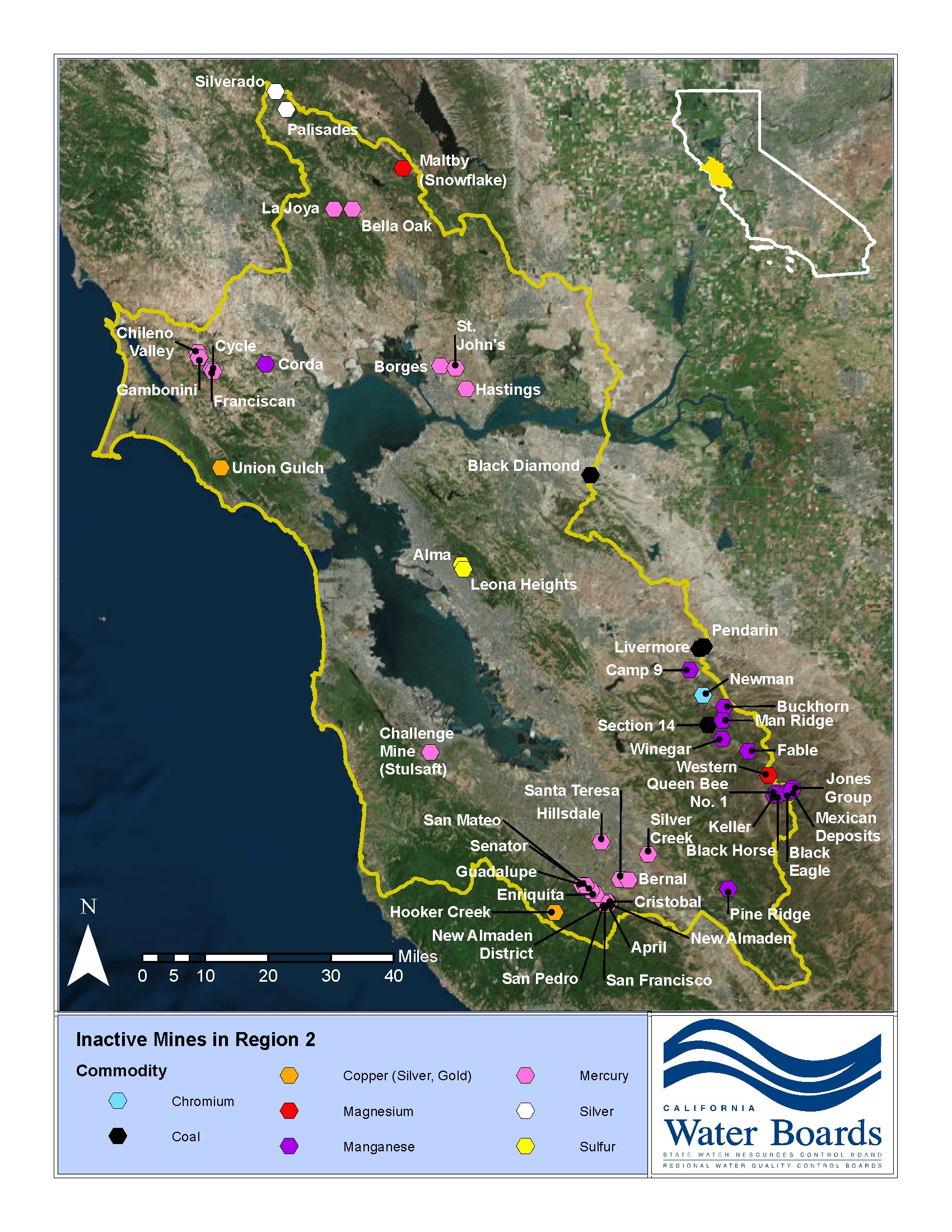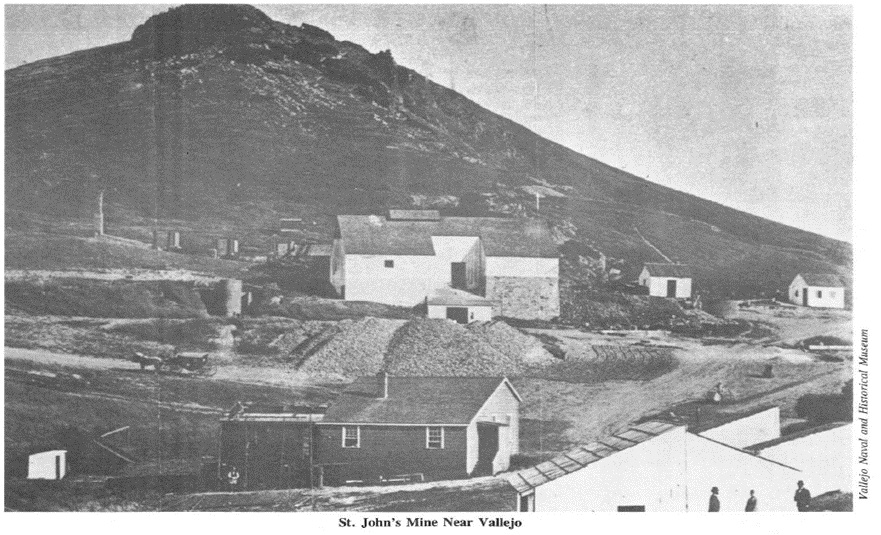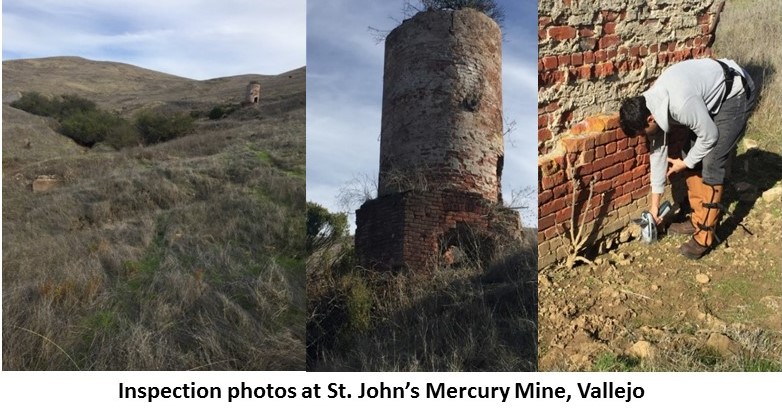Mines Cleanup Program
In the San Francisco Bay Region, approximately 50 known mines were abandoned after mineral extraction and processing, leaving behind a legacy of contamination that threatens the environment and human health. Our mercury mines are of particular concern because discharges of mercury to water can lead to high concentrations of the neurotoxin methylmercury in fish and shellfish consumed by people and wildlife, a widespread problem in the San Francisco Bay and tributaries for which fish consumption advisories have been issued.

We have successfully cleaned up some of our worst polluting mines. Ten high priority mine sites have been investigated and remediated or closed in Region 2, including mercury contamination at New Almaden and Gambonini, as well as sulfur/acid mine drainage at Leona Heights. Ten more are currently under investigation and/or are being remediated, including Guadalupe and Hillsdale mercury mines located in San Jose. It is necessary to evaluate whether the remaining 30 mines are contributing to pollution, however abandoned mine lands inspections are laborious and resources for investigations and oversight of cleanup are limited. Efficient and effective allocation of resources therefore requires prioritization of these mines for inspection and regulatory action, which is the goal of current project.
To evaluate whether the remaining documented 30 mines pose a threat or are impacting water quality, and to prioritize them for regulatory action, a desktop analysis was performed to rank the mines according to 12 weighted factors. These factors consist of site specific mine and hydrological characteristics obtained from Water Board records, publicly available datasets, satellite imaging, and geospatial mapping tools. Each mine was scored and then sites were ranked.
Results of the prioritization for inspection can be found here
A summary of our approach can be found here
The status update provided to our Board in December 2018 on mine prioritization and mercury mine progress can be found here
Status and summary information on each mine can be found by downloading this file into Google Earth:

Mine sites are inspected in prioritized groups, starting with the three highest ranked mines. The goal of inspections is to screen the sites for potential water quality impacts. Evidence identified in the desktop evaluation will be confirmed through visual observations and collection of limited analytical data, targeted to identifying mining waste/contamination (including the use of a mobile X-Ray Fluorescence Spectrometer and pH/EC water probe), offsite discharge, and connectivity with surface or groundwater features. 
Details and data quality objectives for the desktop analysis and inspections can be found in the project Quality Assurance Project Plan, which will be updated to outline our process for prioritizing sites for regulatory action/cleanup (in development, thus the designation DRAFT)
If you have questions or comments please contact: Keith Roberson, Keith.Roberson@Waterboards.ca.gov (510) 622–2404


